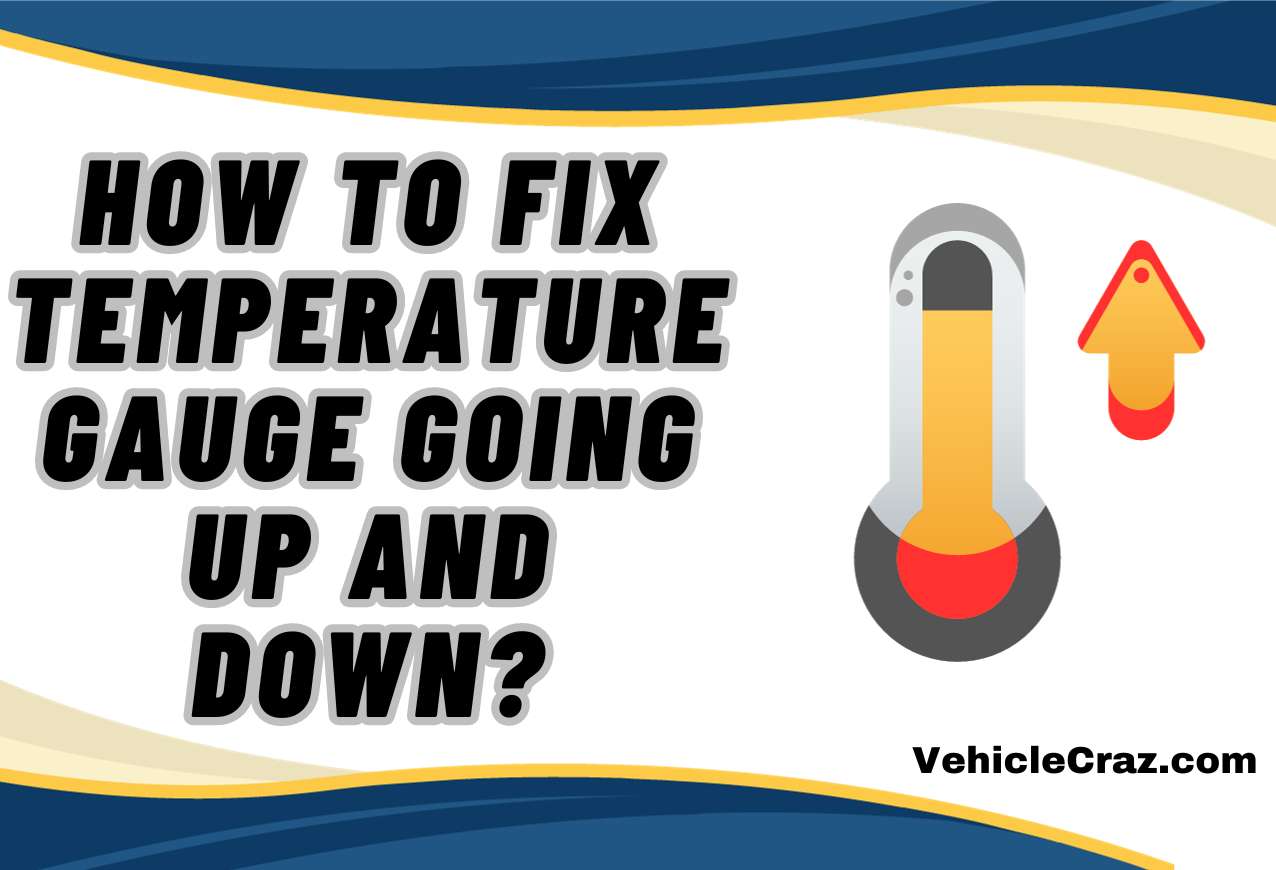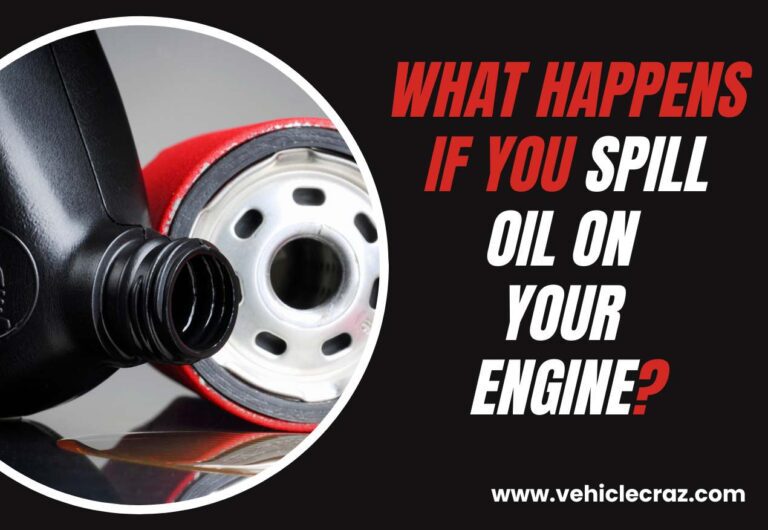Temperature Gauge Going Up and Down? [FIXED]
It is impossible to rely on a bouncy temperature gauge because it only fluctuates according to temperature differences that the vehicle faces. So, if your temperature gauge is going up and down unnecessarily, it is time for a checkup!
There might be something wrong with the gauge, so it keeps fluctuating without a true reason. Our aim is to point out potential causes behind this problem and help keep your car temperature gauge in the correct position. So, there are no more chances for the temperature gauge to trick you!
How to Fix Temperature Gauge Going Up and Down?
Fixing a temperature gauge that’s going up and down can be tricky until you find the exact cause. It’s important to check a few usual suspects to find and fix the problem. Here’s a complete guide based on what we’ve learned from our own car experiences:
Check the Coolant Level
Low coolant can cause your engine to overheat and the gauge to fluctuate. So, first, open the hood and locate the coolant reservoir. Check if the coolant is at the proper level as marked on the reservoir. If it’s low, add the appropriate coolant according to your vehicle’s manual.
Test the Thermostat
Testing and, if necessary, replacing the thermostat can often solve the problem. This is usually a job for a mechanic unless you’re comfortable with car mechanics.
Check the Temperature Sensor
A bad sensor can give false readings. Thus, have the temperature sensor tested and replaced if needed. Replacing the temperature sensor is not too expensive or difficult.
Read our guide on “How to test a car temperature guide” for more info.
Consider Electrical Issues
You should check for loose connections or damaged wires. Sometimes, you will need an auto electrician for this.
Inspect the Radiator Cap
Carefully (only when the engine is cool) check the radiator cap for any damage or wear. If it looks questionable, replace it.
Bleed the Cooling System
Air pockets in the cooling system can cause temperature irregularities, and bleeding the system removes these air pockets. This can be a bit tricky, so you might want to refer to your car’s manual or get a mechanic to help.
Inspect the Water Pump
A malfunctioning water pump can’t circulate coolant properly, causing overheating. Therefore, look for leaks or listen for unusual noises from the pump. Replacing the water pump is more complex and might require professional help.
Watch for Overheating Symptoms
If you notice signs like steam, a hot smell from the engine, or a consistently high reading on the gauge, it’s best to get professional help immediately.
What Happens if You Drive With a Faulty Temperature Gauge?
Driving with a faulty temperature gauge can be risky, and it’s something we definitely don’t recommend. Here’s why you should fix such a faulty component.
Overheating Risks
The most significant danger is not knowing when your engine is overheating. Overheating can cause serious damage, like warping the engine block or blowing the head gasket. Remember that these can be expensive repairs! In extreme cases, overheating can lead to engine fires, which are a serious safety hazard.
Lack of Warning Signs
The temperature gauge is your early warning system for engine overheating. Without it, you might miss other subtle signs of a problem until it’s too late.
Poor Performance and Efficiency
If the gauge isn’t working, it could be due to an underlying issue affecting the engine’s temperature. This can lead to decreased performance and fuel efficiency.
Potential for Breakdowns
This can be the worst! Continuous driving with an overheating engine can also lead to a complete breakdown, leaving you stranded.
Damage to Other Components
Excessive heat can damage other engine components, leading to more extensive repairs.
Reduced Resale Value
Lastly, continuous overheating and the resulting damage can significantly reduce your car’s resale value.


I’m Alex, a seasoned mechanical teacher with over 20 years of hands-on experience in Australia. My passion for all things automotive has driven me to establish this blog, aiming to share my wealth of knowledge and expertise with fellow enthusiasts, DIYers, and anyone keen on understanding the mechanics behind the machines we rely on daily.







